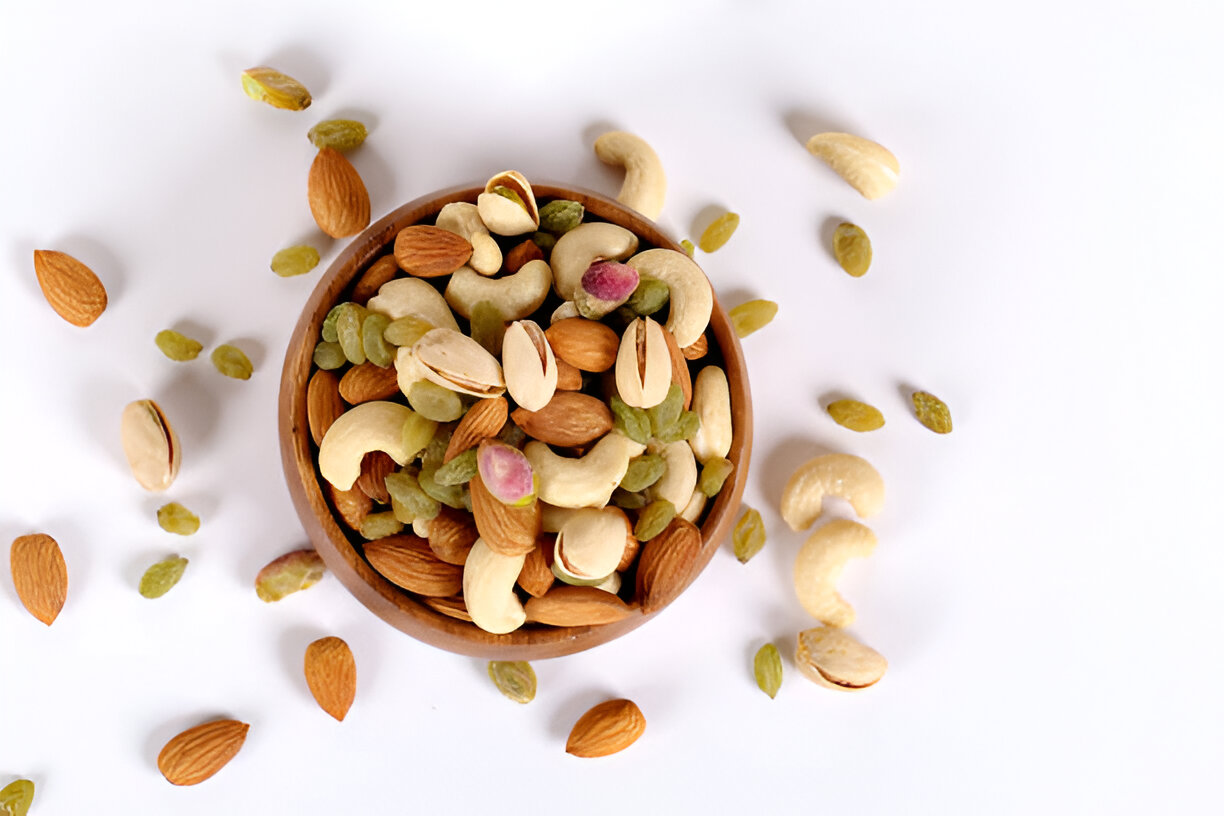How festive time brings opportunities for the dry fruit sector in India
-
By: Ift Trade
-
16 Oct 2024
-
Source-

Mr. Yash Gawdi, Treasurer NDFC(I)
Dry fruits are a natural choice for most Indians during the festive season. Filled with a range of health benefits, they have been potent symbols of wealth and prosperity in the Indian tradition.
Each year, the Indian festive season fashions a spike in demand for dry fruits, setting a chain of mutual benefits for both processors and consumers. Considering its surplus demand, processors often ramp up production and launch fresh variations or blends of dry fruits. Besides this, they run striking promotions to drive sales and enhance the appeal of consumers towards making dry fruits their go-to choice.
According to a report by Custom Market Insights, the Indian dry fruits market is expected to record a CAGR of 6.2% from 2024 to 2033. This year, the market size is projected to reach a valuation of USD 867 million for the festive season. By 2033, the same is expected to surge to USD 1,426.2 million. Undoubtedly, these figures showcase the sector’s contribution to the Indian economy and its mounting potential.
Lately, the dry fruit segment in India has seen an incredible makeover, thanks to the introduction and implementation of the Goods and Services Tax (GST) Act. This legislation has played a fundamental role in determining the market’s dynamics. One of its major impacts is the ability to rationalise taxes across the nation, creating a level playing field for all states and regions. Due to this, businesses now operate more smoothly without the burden of complex tax structures, leading to a more organised dry fruit market.
In addition to the benefits of GST, several government policies have aided the dry fruit sector in becoming a key choice for employment generation, particularly among women. Historically, this industry has provided prospects of income and empowerment to a large number of women. Furthermore, Small-scale industries and Micro, Small, and Medium Enterprises (MSMEs) are now driving innovation and sustainability in the industry while creating jobs in remote areas. By offering favourable policies and assistance, especially during the festive time, the government can further enhance the sector's growth and capacity of these crucial components of the industry.
Despite the growth and potential of the Indian dry fruit industry, several challenges persist which require urgent attention. One such is the need for the government to rationalise import duties, particularly for items like dates and walnuts. Lowering these duties could not only boost imports that complement domestic production but also create a more competitive market that ultimately benefits consumers through improved pricing and variety. Additionally, the absence of nationwide branded players and the prevalence of unorganised supply chains are other crucial areas that need improvement. In the future, addressing these concerns will be important for enhancing the industry’s competitiveness and ensuring its sustained growth.
To conclude, the Indian dry fruit market is destined for growth, as it shifts towards an organised approach with immense potential. To make the best of it, industry players and stakeholders must collaborate effectively. Some of the key focus areas include boosting the penetration of dried fruits into retail outlets and e-commerce platforms, creating a robust infrastructure for supply chains, and reducing price volatility. By taking active measures, the dry fruits industry will thrive while meeting consumer demands with premium quality in the coming times.